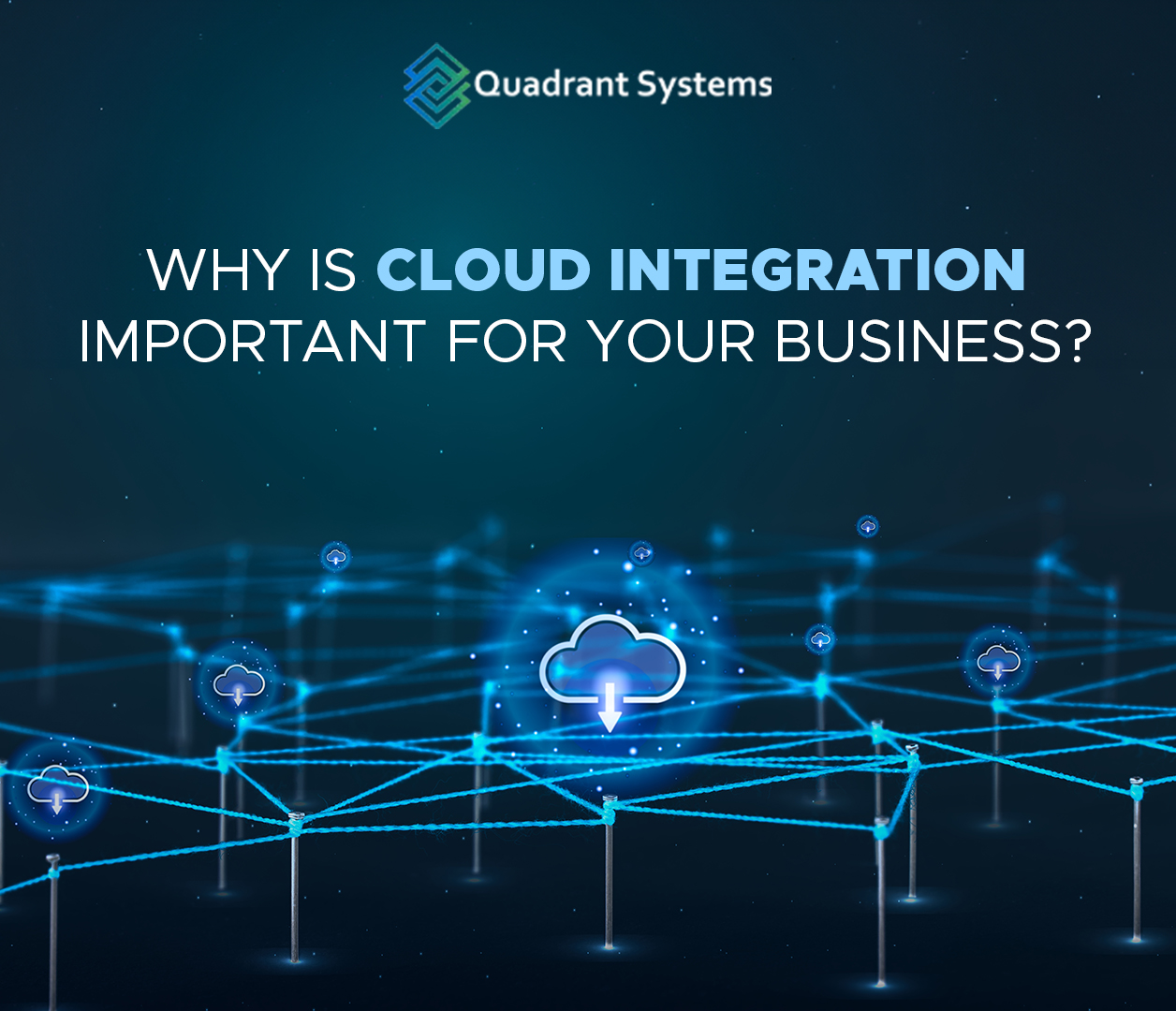The role of cloud computing has transformed from an optional advantage to a business necessity. Cloud solutions have redefined the way organizations operate, offering unmatched flexibility, scalability, and cost-efficiency. But as businesses increasingly adopt multiple cloud platforms and services, a new challenge arises i.e., fragmentation.
As a cloud solutions experts, we’ve seen firsthand how organizations struggle with managing workloads spread across different cloud environments, what we refer to as “cloud silos.” This is where cloud integration becomes not just important, but mission critical.
From On-Premises to the Cloud: A Paradigm Shift
In the not-so-distant past, on-premises infrastructure was the backbone of business IT. Companies managed their servers, storage, networks, and software, all housed within physical office buildings or data centres. This model offered control but came with heavy costs: hardware investments, maintenance, limited scalability, and long deployment cycles.
Enter cloud computing.
Cloud solutions offered a new world:
- Pay-as-you-go pricing
- Elastic scalability
- Remote accessibility
- Automated updates and backups
With platforms like AWS, Azure, and Google Cloud, companies could quickly deploy applications, scale storage, or spin up virtual machines without waiting weeks for physical procurement.
But as more teams across organizations began adopting their preferred business cloud solutions, often without central IT oversight, we began seeing a sprawl of disconnected systems.
The Cloud Sprawl Problem: Disconnected Islands
You might think more cloud equals better performance. But without integration, it often results in less efficiency, not more.
Consider this scenario:
- The marketing team uses a SaaS CRM hosted on Salesforce Cloud.
- Finance uses Oracle ERP on Oracle Cloud.
- Product development is on AWS.
- Your analytics pipeline is running on Azure Data Lake.
Now add a couple of legacy on-premises systems still in use because “we haven’t had time to migrate them yet.”
What you get is disparate environments, each optimized in isolation, but failing to communicate effectively with the others.
These fragmented systems lead to:
- Data silos: Valuable customer or transactional data gets stuck in one cloud, inaccessible to others.
- Inefficiency: Manual data transfers or duplicate data entry.
- Security gaps: Different clouds mean different policies, configurations, and monitoring tools.
- Lack of visibility: No single dashboard or source of truth for cross-functional reporting.
This fragmentation severely limits the benefits of your digital transformation journey. To rescue the businesses from this inefficient process, the concept of Cloud Integration has come.
What Is Cloud Integration?
Cloud integration is the process of connecting different cloud-based and on-premises systems so they can share data and work together seamlessly.
This can involve:
- API integrations between apps and services
- Data synchronization across environments
- Workflow orchestration across cloud platforms
- Centralized monitoring and governance
When done right, cloud integration helps unify your digital ecosystem into a cohesive, scalable, and intelligent infrastructure.
Why Cloud Integration Matters for Business?
Let’s break down the core benefits of investing in cloud integration:
- Seamless Data Flow
With integration in place, you can ensure data moves fluidly between applications and teams. For example, sales data from your CRM can feed into your finance system, enabling real-time revenue forecasting or automated invoicing.
- Process Automation
Integration allows you to automate workflows across different platforms—reducing manual work, eliminating errors, and accelerating response times. Whether it’s lead nurturing, order processing, or inventory updates, automation is key to operational efficiency.
- Improved Security and Compliance
Cloud integration provides a central control point for data governance, access policies, and audit trails. This is crucial for industries with strict compliance requirements (like finance or healthcare), especially when handling sensitive data across cloud services.
- Better Business Intelligence
When data is integrated across clouds, analytics tools can draw from complete, real-time datasets, offering better insights. You gain a true 360° view of your operations, customers, and performance.
- Legacy System Modernization
Many businesses are still running a mix of legacy and cloud-based systems. Integration acts as a bridge, allowing gradual migration without disrupting daily operations.
Common Cloud Integration Challenges
Despite its benefits, cloud integration isn’t a plug-and-play solution. Businesses face several hurdles:
- Different APIs & protocols: Not all cloud services communicate in the same language.
- Data format mismatches: One system may use JSON, another XML.
- Latency and performance: Real-time integration can add load to networks.
- Security complexity: Each cloud provider has its own access control policies.
- Scalability: Integrations must scale with business needs without constant reengineering.
These challenges underscore the importance of having a well-defined cloud integration strategy.
How to Approach Cloud Integration?
- Audit Your Cloud Ecosystem
Start with a discovery phase:
- What cloud platforms and SaaS tools are in use?
- Where does critical data reside?
- What dependencies exist between departments or systems?
This will help you map out the integration needs and prioritize connections that deliver the most business value.
- Choose the Right Integration Tools
There are several approaches:
- iPaaS (Integration Platform as a Service): Tools like MuleSoft, Boomi, or Zapier offer low-code connectors between popular cloud services.
- Custom APIs: For complex or proprietary workflows.
- Hybrid Integration Platforms: For businesses managing a mix of cloud and on-premises systems.
Choose based on scalability, budget, and the technical skills of your team.
- Define Governance and Security Policies
Cloud integration must include clear rules for:
- Data access and privacy
- Identity and access management (IAM)
- Audit logging
- Regulatory compliance
Your cloud strategy should align with frameworks like GDPR, HIPAA, or SOC 2, depending on your industry.
- Enable Real-Time or Batch Syncing
Decide where real-time syncing is needed (e.g., customer service data), versus where daily or weekly batch updates suffice (e.g., financial reporting). This impacts performance and cost.
- 📈 Monitor and Optimize
Set up dashboards and alerts to track:
- Integration health
- Data throughput
- Latency
- Error rates
A well-maintained integration layer is as critical as the systems it connects.
Cloud solutions have undoubtedly replaced on-premises systems by offering better agility, scalability, and cost savings. But without cloud integration, they operate as disconnected tools, limiting their potential. In a world where data drives everything, integration is the infrastructure behind business success.
Now’s the time to ensure your clouds are working together, not apart. Let’s make your cloud work for you, not the other way around.
To know more about Cloud Integration, Contact Us.








